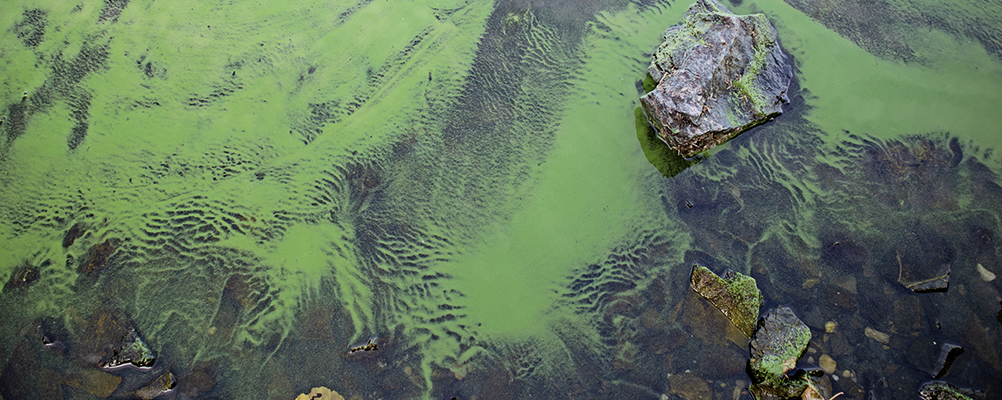
Cyanobacteria are commonly called “blue-green algae” although they stain water green with their unique pigments. They transform light energy into chemical energy specifically very well using their highly active photosynthetic cells.
This renders them appealing for biotechnological applications, where they could find use as eco-friendly and readily available biocatalysts for synthesizing new chemicals by making use of particularly introduced enzymes.
Limited Light Availability
What holds good in theory has still been facing barriers in the practical large-scale technological application. At present, a critical limiting factor is the availability of light.
“When cyanobacteria are densely grown, i.e. in high concentrations, only the cells located on the outside receive enough light. Inside it’s pretty dark. This means that the amount of catalyst cannot be increased at will. After a cell density of a few grams per litre, the photosynthetic activity and thus the productivity of the cells decreases sharply. This is of course a considerable disadvantage for large-scale biotechnological production.” - Robert Kourist, Institute of Molecular Biotechnology, Graz University of Technology
In contrast, biocatalysts that were identified earlier, like yeasts, can be utilized with cell densities of 50 g/L and more. The identified production organisms have the main drawback that they rely on agricultural products as a reason for growth and hence consume several resources.
“Algae-based catalysts can be grown from water and CO2, so they are ‘green’ in a two-fold sense. For this reason, intensive efforts are underway to increase the catalytic performance of cyanobacteria,” added Kourist.
Making Better Use of Available Light
In collaboration with Ruhr University Bochum and the Finnish University of Turku, the TU Graz algae functioning group has been successful in accurately increasing this catalytic performance by particularly redirecting the flow of photosynthetic electron to the preferred catalytic function.
“For the first time, we were able to measure the supply of photosynthetic energy directly in the cells in a time-resolved manner so that we were able to identify bottlenecks in the metabolism.” - Marc Nowaczyk, Chair, Plant Biochemistry, Ruhr University Bochum
“We have switched off a system in the genome of the cyanobacterium that is supposed to protect the cell from fluctuating light. This system is not necessary under controlled cultivation conditions but consumes photosynthetic energy. Energy that we prefer to put into the target reaction,” notes Hanna Büchsenschütz, a doctoral student at TU Graz and first author of the study.
Thus, it is possible to solve the issue of low productivity of cyanobacteria caused by their high cell densities.
“To put it another way, we can only use a certain amount of cells. That's why we have to make the cells go faster. We have developed a method using so-called metabolic engineering that makes cyanobacteria a great deal more mature for biotechnological application,” stated Kourist.
Besides enhancing the cell’s productivity via targeted interventions at the gene level, scientists from TU Graz are also working on new ideas for the cultivation process of algae. One method is to introduce light sources into the cell suspension directly, for instance, through mini LEDs.
Also, new geometries are being tested. Hence, cyanobacteria in the form of encapsulated small spheres, known as “beads”, can absorb more light on the whole.
“It is very important to develop all measures on the way to large-scale industrial application of algae-based biocatalysts in an integrated way. This is only possible with interdisciplinary research that looks at the function of an enzyme in the same way as we look at engineering in the photosynthetic cell.” - Robert Kourist, Institute of Molecular Biotechnology, Graz University of Technology
Source: AZO Materials
